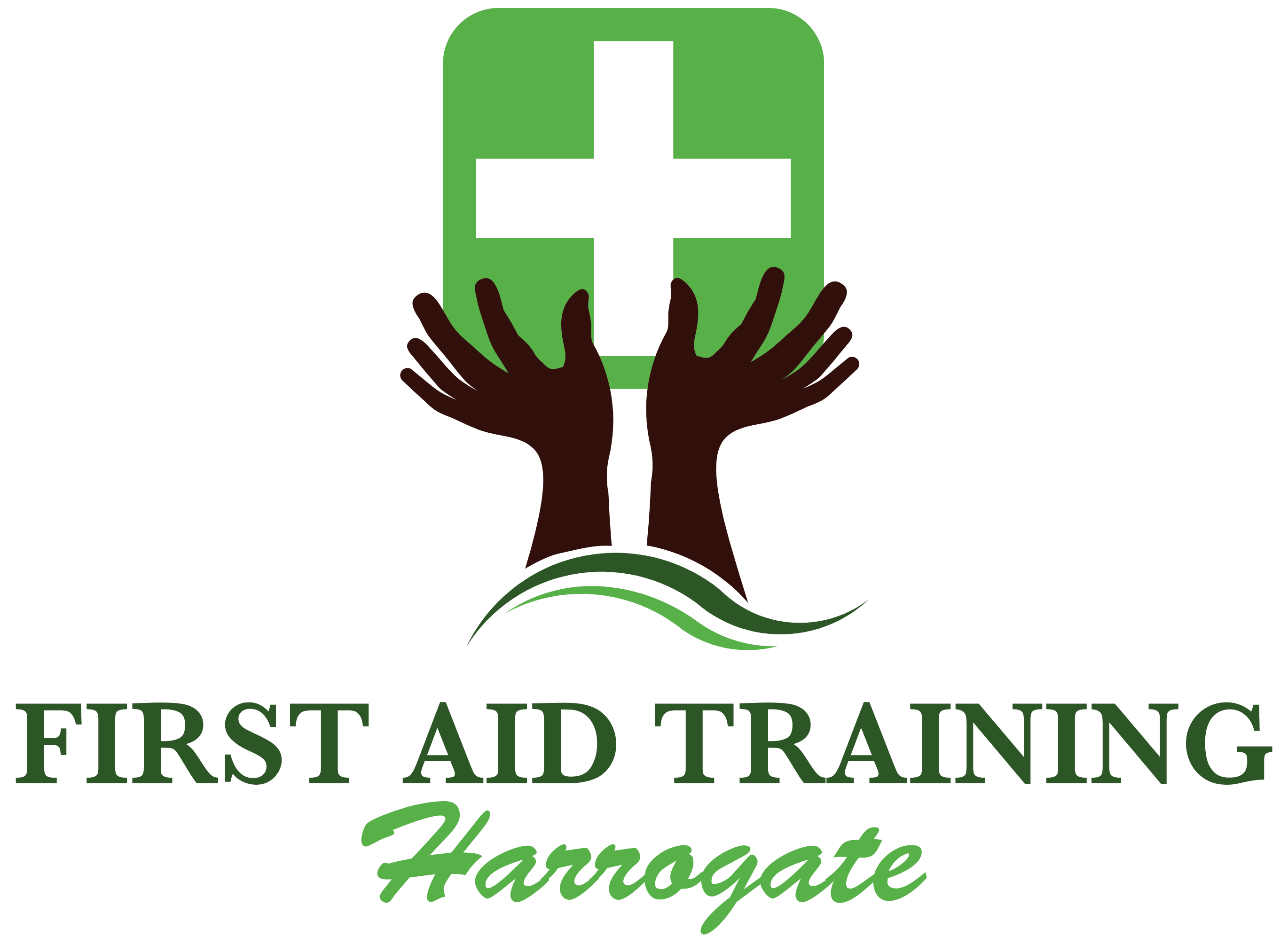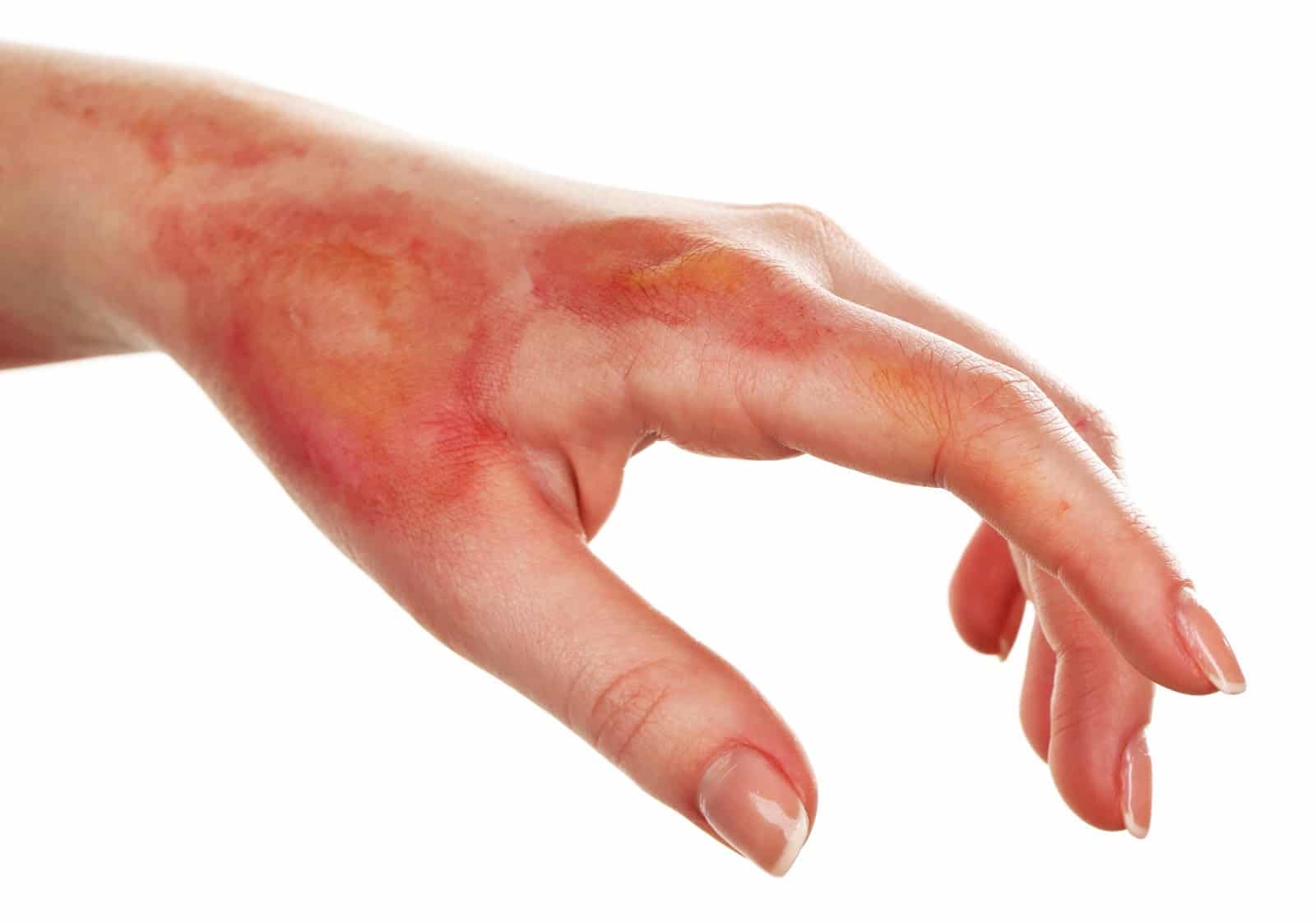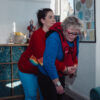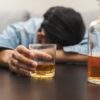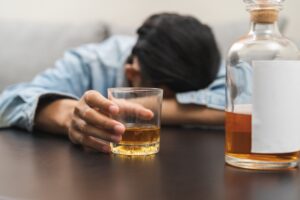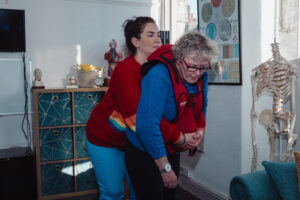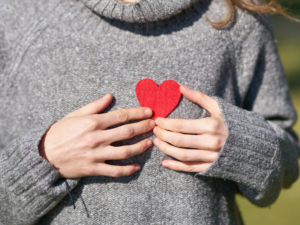What are burns and scalds?
A burn is a type of damage to your body’s tissues that is caused by dry heat, chemicals, electricity, sunlight or radiation. Scalds are caused by contact with wet heat, for example, hot liquids, steam or flammable liquids and gases – these are the most common causes of burns.
Burns and scalds can be extremely dangerous, especially if left untreated. They can cause red or peeling skin, blisters, swelling and white or charred skin.
It’s worth noting, that burns aren’t always painful, but this doesn’t’ mean that they aren’t serious and don’t need to be treated. Even very small burns can scar if left untreated.
Electrical burns
Electrical burns can be very damaging. Someone who has an electrical burn should seek immediate medical attention at a hospital A&E department.
If someone has been injured by a low-voltage source (up to 220 to 240 volts) such as a domestic electricity supply, you can safely switch off the power supply or remove the person from the electrical source using a material that doesn’t conduct electricity, such as a wooden stick or a wooden chair.
Never approach a person who’s connected to a high-voltage source (1,000 volts or more). Call for 999 immediately.
Chemical & acid burns
Chemical and acid burns can be very dangerous and also require immediate medical attention at a hospital’s A&E department.Try to find out what chemical caused the burn and tell the medical team when you reach A&E.
If you are performing first aid on someone who has had a chemical burn, you should:
- remove any contaminated clothing from the person
- brush off any of the chemical residues from the person’s skin
- use running water to remove any traces of the chemical from the burnt area
How serious is the burn?
The seriousness of a burn is assessed by how many layers of your skin have been affected by the heat contact. Your skin has 3 layers – the epidermis (outer layer of skin), the dermis (the layer of tissue beneath the outer layer, which contains blood capillaries, nerve endings, sweat glands and hair follicles) and the subcutis (the deeper layer of fat and tissue).
Burns are classified into four types, which generally have different appearances and also different symptoms. These types are:
Superficial epidermal burn or first-degree burn
This type of burn is where the epidermis is damaged. The skin will be red, swollen and painful, but there will be no blisters visible. The skin may turn white when pressed. These types of burns usually heal within a week with no scarring remaining.
Superficial dermal burn or second-degree burn
With this type of burn, the epidermis and part of the dermis underneath is damaged. The skin will be pale pink and painful, and there may be small blisters in the area and may weep with fluid. Superficial burns often take around three weeks to heal.
Deep partial-thickness burn or third-degree burn
Here, the epidermis and the dermis are both damaged. This type of burn makes the skin turn red and blotchy; the skin may be dry or moist and become swollen and blistered. There may be a lot of pain, or there may be no pain at all. Deep partial-thickness urns do now turn white with pressure and usually results in severe scarring, taking over three weeks to heal.
Full-thickness burn or fourth-degree burn
With this type of burn, all three layers of skin (the epidermis, dermis and subcutis) are damaged. The skin is completely destroyed with damage to the underlying structures including the nerves, tendons and bones. The skin is often burnt away, and the tissue underneath may appear charred white or black. The texture of the skin may also be leathery or waxy. Usually there is no or little pain with a fourth-degree burn due to the destruction of the nerve endings. Usually, surgical treatment is needed here, and severe scarring occurs over time.
First aid for burns – what to do?
Burns and scalds must be treated as soon as possible to limit the amount of damage caused to the skin. Therefore, the following first aid techniques should be used on yourself or another person who has been burnt:
- Stop the burning
This may mean removing someone from the area of heat, dousing flames with water, or smothering flames with a blanket. Remember – never put yourself at risk of getting burnt as well.
- Remove clothing near the burn
Clothing, jewellery or accessories should be removed from the area around the burn. However, do not try to remove anything that is attached to the burnt skin as this may cause more damage.
- Cool the burn down
Run the burnt area of skin under lukewarm water for at least twenty minutes. Make sure the water is not too cold and never use ice, cream or greasy substances (like butter) on the burnt area
- Keep warm
To prevent hypothermia, you should keep the person warm with blankets or layers of clothing. This is especially important with children or elderly people – their temperature should not drop below 35C.
- Cover the burn with cling film
Once the burn has been cooled down, a layer of cling film or a clean plastic bag should be wrapped around the burn to prevent infection.
- Sit upright
Sitting upright will help to reduce swelling as opposed to lying down.
When to seek further medical help for a burn
Once you have taken the necessary first aid steps to treat the burn, you will need to decide whether any further medical assistance is needed.
A visit to the hospital’s A&E department will be necessary if:
- The burn is large and covers a wide area of the person’s skin
- The skin is white or charred
- The burn is on the face or genitals
- The burn has caused blisters
- The burn was a chemical or electrical burn
- The person has other injuries at the same time
- They show signs of going into shock
- They are pregnant
- They are over 60
- They are under 5
- They have a weakened immune system or other medical condition
- They have inhaled smoke or fumes
You can find your nearest A&E department via the NHS website HERE.
